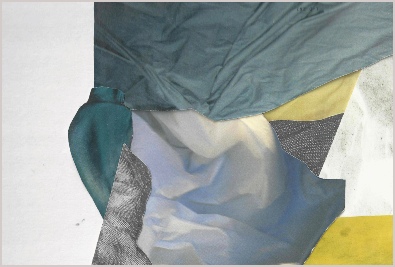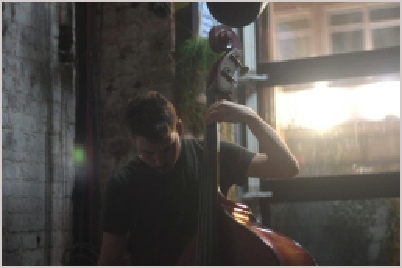Another Timbre TimHarrisonbre
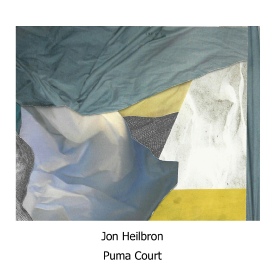
at145 John Heilbron ‘Puma Court’ (2018)
Puma Court one 28:59
Puma Court two 21:15
Jon Heilbron & Håkon Thelin (double basses)
Helga Myhr & Rasmus Kjorstad (hardanger fiddles)
Interview with Jon Heilbron
What is your musical background, and how did you come to experimental music?
As a double bassist I have a been fortunate to engage with music from various traditions pretty much from the beginning of my studies. I pursued a classical music education and played with orchestras and chamber ensembles, in addition to the various improvised and experimental activities I participated in starting in my late teens. My exposure to experimental music came through a combination of the influence of some of the older musicians in my social sphere, and my time spent in the university library (to which I had access as a high school student) perusing scores, books, and recordings by Cage, Xenakis, Feldman et al. From that point on I developed and maintained practices in the classical, contemporary, and experimental worlds simultaneously, and all of these areas of music continue to have a cherished place in my current practice. As a composer I am untrained in any conventional sense, and consider myself an amateur in this area.
You’re originally from Australia, but live in Berlin. Did moving to Europe feel like a necessary step?
Iam a first generation Australian with Western and Eastern European heritage, I have always felt, to some degree, the presence of various European cultures and traditions in my life. For this reason, I grew up with a desire to explore these connections further. So in that sense, it wasn’t such a drastic decision for me to move to Germany, where my paternal grandfather spent the first part of his life. It was also a fairly gradual move, with shorter periods in subsequent years also spent in Norway, Austria and back in Melbourne. At the time of my first visit to Berlin, I was on a hiatus from playing, and music was not a particularly strong motivating factor for moving there. However, I soon discovered a diverse, warm and vital musical community, and one in which I feel very privileged to now find myself an active participant.
How did the Puma Court project, with its distinctive instrumentation, come about?
The project goes back to 2016, where I performed a concert with Håkon Thelin at the Majorstuen kirke in Oslo which featured a piece of mine for two basses. It was such a rare and rewarding experience for me to work with Håkon on my own music that I decided to continue to develop and extend the piece. In 2018 I suggested a project to Håkon which would involve, among other things, recording and performing several new pieces for two basses. He suggested involving Rasmus and Helga, two hardanger fiddle players and students of his at the music academy in Oslo. While primarily active in the world of Norwegian folk music, they were eager to be involved, and so I reworked the pieces to include them.
What is the difference between a hardanger fiddle and a violin? Would the Puma Court pieces change significantly if played on standard violins, or is the difference more in the approach and background tradition that the players bring to it?
I am far from an authority on the hardanger fiddle, but my understanding is the hardanger fiddle differs from a violin in that the sympathetic strings running under the fingerboard supplement the (relatively steely) sound of the ‘usual’ strings with what I experience as a cloud of resonance, which gives the instrument its own special timbre. The Puma Court pieces were written for these specific instruments (and with these instrumentalists) in mind, and any re-orchestration of these pieces would also be shaped not only by the instruments, but the players and their respective backgrounds and musical interests. Because of my interest in writing music for (and with) individual musicians, the same instrumentation played by different people would most likely result in a different piece.
The two pieces on the CD occupy very similar soundworlds, or do you see a difference between the two parts?
The two parts were initially conceptualized as two responses to the original bass duo piece I mentioned earlier. I began work on what was to become the second part first, then out of that came the idea for a more spacious, abstracted version of the same material, which evolved into the first part. This in turn influenced the way the second part was developed, and by the end I was left with what I think of as two renderings of the same set of materials, each bearing the mark of the other in more and less subtle ways.
You said earlier that you are ‘untrained’ as a composer and consider yourself ‘an amateur in this area’. Is that something that you are seeking to change, or do you feel that lack of training need not be a negative when it comes to composition?
While I do feel some responsibility to continually better myself as ‘a composer’, I also find myself constantly refining my own ideas about what exactly that is. For the last few years, I have made my practice in this area more about celebrating relationships, be they with people, places, times of day (or night)… So I don’t feel that a conventional education in composition would provide me with the facility to achieve my current compositional aims. However, I enjoy working collaboratively, and I treat every opportunity to engage in concepts and musical forms alongside musicians who inspire me as a necessary and fulfilling learning experience.
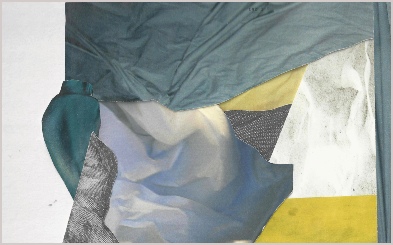
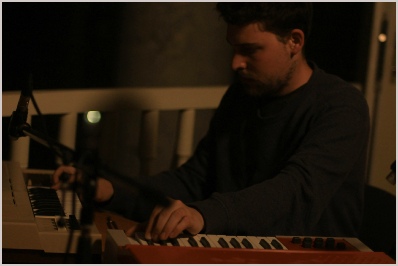
Jon Heilbron
